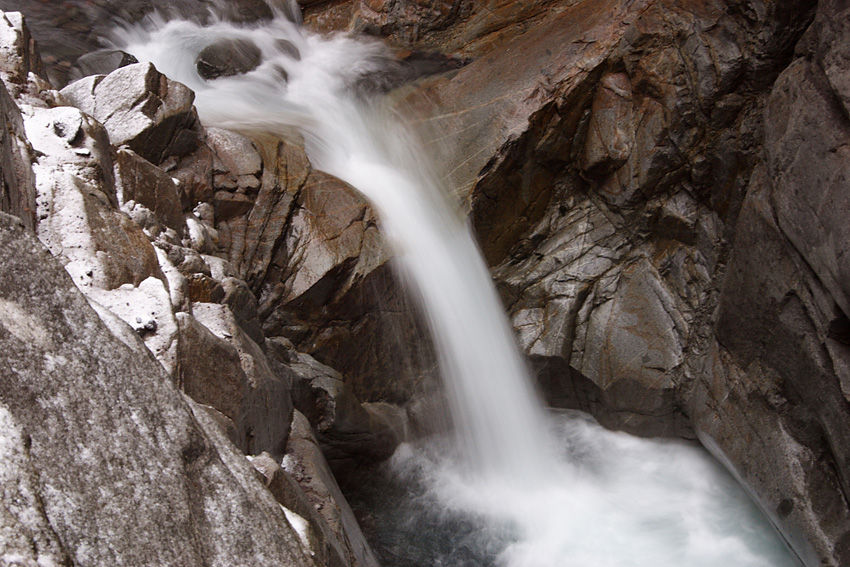A new mathematical model produced by Rob Wright (PhD) could benefit our understanding of how fluids mix together underground, whether in a petroleum reservoir, aquifer used for water supply, or certain soils. This research was initially developed for reservoir engineering in the oil and gas industry, however it can be applied to further applications such as groundwater monitoring in the environmental industry. The model has now been integrated into an online tool, named Streamix Pro.

In geological rock units, fluids movement can be complex because of the changing textures and cavities (permeability) within the rock. Previous studies have estimated the flow path of fluids and chemicals in these units, but they have been low resolution, and have not represented true mixing processes, as they have been missing one vital factor in their calculation. This is the viscosity contrast (flow resistance ratio) between the two fluids being mixed in the reservoir. In the oil and gas industry, engineers may inject solvents such as CO2 liquid at high pressure into the reservoir to extract oil from the rocks (Enhanced Oil Recovery or EOR). These injected fluids will mix with the fluids already in the reservoir, and the compositions formed will determine the chemical reactions which occur.
This method could also aid remedial treatment in the environmental industry, shedding light on how liquids can get dispersed and moved through the ground. For example, you can ask the question - how does a pollutant spread through an aquifer? Or you may need to know how to inject contaminated soil to flush out the pollutants. This formula can predict what concentration the chemical will be at a certain point in space, and find out how far it will travel, so that it can push out all of the pollutant effectively.
So I know what you are thinking; something similar to this must have been done before? Similar work has been tackled in the above industries. But no prediction method has considered the combined factors of fine-scale geological layering, and viscosity contrasts (flow resistance) between the fluids which give high precision results.
There are computer based models which attempt to solve the same problem. The limitation on these is that they tend to be unreliable and unstable, and may not solve the problem effectively.

The issue with modelling dispersion and flow is that the calculations have finite differences, since the models tend to divide the aquifer or reservoir in question into generalised blocks. You can only calculate a generalised value in each of these blocks, with factors such as pressure.
This model offers a higher resolution look at the fine structure of the rock, to give a more accurate result.
It has been proven by other authors that fluid mixing in the field results from small scale processes, often involving flow or rock property variations over a few centimetres to fractions of a metre. This model considers the high resolution rock structure and the resulting flow pattern and molecular diffusion processes which determine fluid mixing, as Dr Rob Wright explains.
He emphasises that the small scale structures are vital to consider if we want to understand fluid mixing in the ground. Indeed, previous work has considered heterogeneity (un-evenness) in the reservoir, but it has not combined this with the viscosity contrasts of the fluids - until now. He has recently published his model in the paper "Brine Mixing in Layered Reservoirs; Prediction and Impact on Scaling Risks in EOR" [1].
The Software has been named Streamix Pro, and was first launched at the website StreamixPro.com. This platform utilises this mathematical formula; where users may input data, and output the resulting predictions. This would be highly useful to various industries, particularly the environmental and energy industries. Streamix Pro was later updated to include the effect of gravity also, yielding even higher accuracy results. The software will be beneficial to several companies.
To gain access to the new tool, submit your interest by contacting us here and you will receive an email with information about the next steps.
References
[1] Wright, R. J., Chemotechnics (UK) Ltd; Dawe, R. A., University of West Indies. SPE International Oilfield Scale Conference, Aberdeen UK, 11-12 May 2016.
